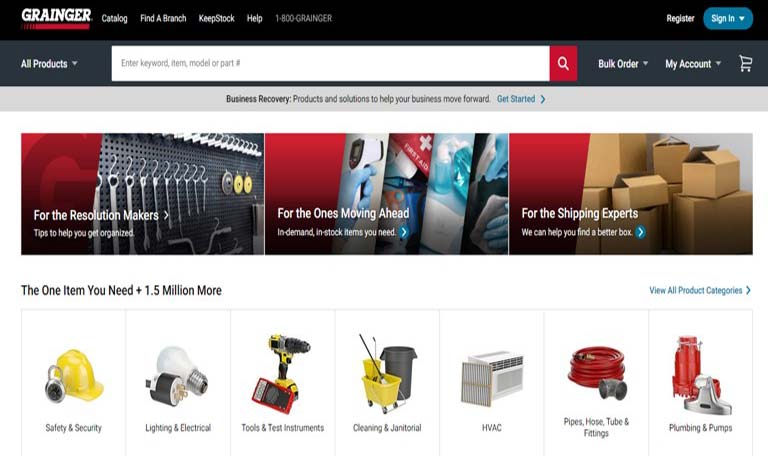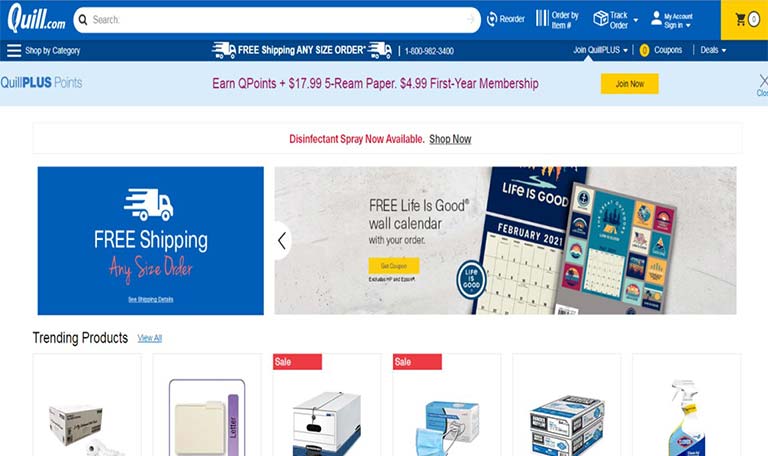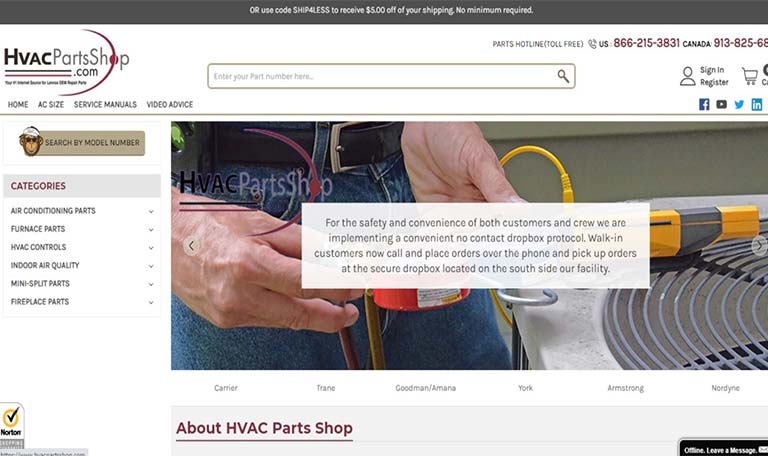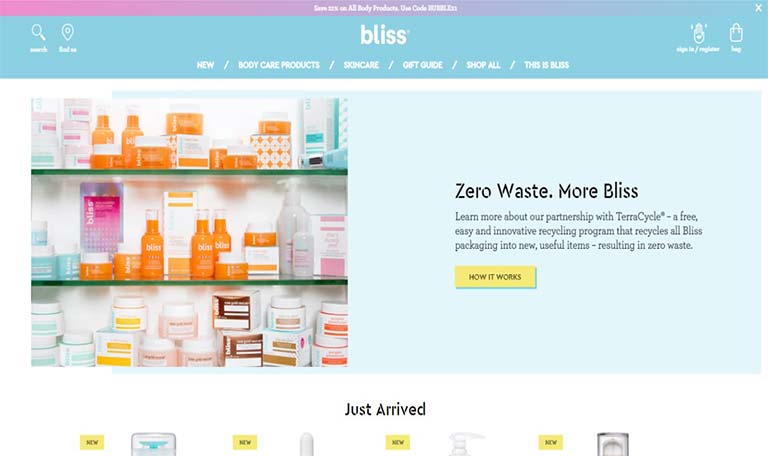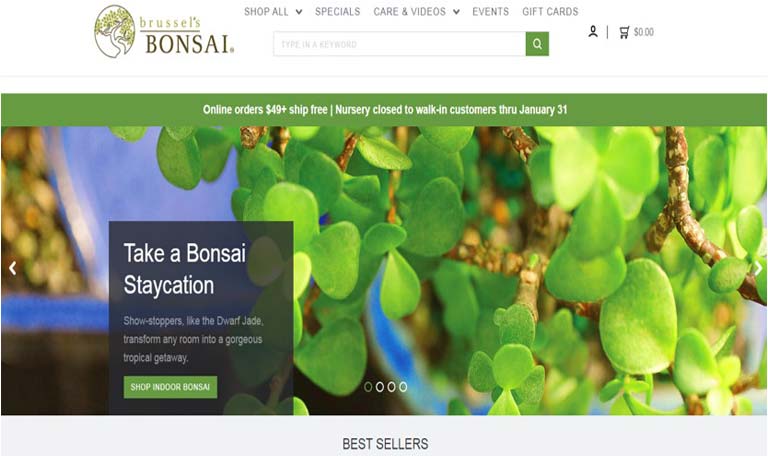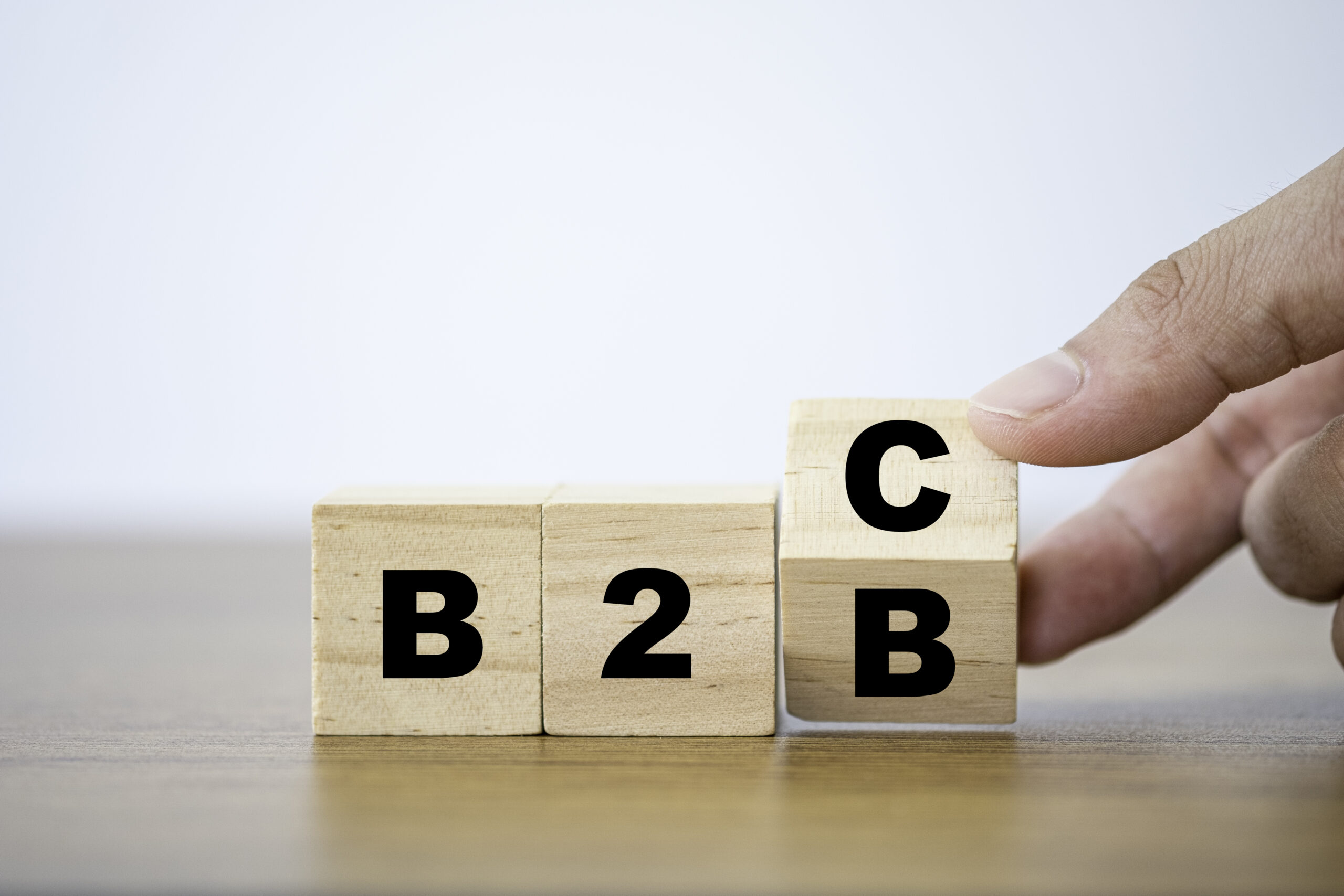
B2B vs B2C eCommerce – The differences and similarities
We are all familiar with these two words – B2B (Business to Business) and B2C (Business to Consumer). They are not new. They have been around for a long time and have been used to segment businesses broadly based on their customers. But we find a renewed interest in these terms lately. The reason for this is the growing online sales. There is a new word that has got added to them -which is eCommerce. And all discussions are happening around the growth witnessed, the differences and similarities in these two business models.
Now, smartphones have become an intrinsic part of our life. Internet access has reached all corners of the world and businesses are witnessing a sudden increase in their online customer base. The B2C businesses were the first to take advantage of this and make the transition into online retail.
We know that the eCommerce sector is one of the most rapidly-growing sectors worldwide, and today even the B2B segment is seeing a massive amount of potential in eCommerce. Building an e-commerce organization has become the top priority for many players in both B2B and B2C. In this blog, we discuss in detail the two business models, their key differences and similarities.
What is B2B eCommerce
When two businesses sell or transact online, it is called B2B eCommerce. For example, transactions between wholesalers and their retailers or manufacturers and wholesalers all fall under this category. With exposure to the internet and online sales, B2B customers have also evolved.
Earlier, a large part of the B2B industry had people from Generation X or even before. Today, more millennials are working in the B2B sector. Studies show that there over 73% of millennials are involved in the B2B buying process. They have grown up alongside technology, and all their buying happens online. And, they have come to expect a consumer-like eCommerce experience in their B2B purchase as well. Hence, all the big eCommerce platforms come built with powerful features that help you meet and exceed your customer expectations.

Advantages of B2B eCommerce
Increased Reach: Once you have decided to sell online, you are no longer restricted by your geographical location. The whole world can become your market place as long as you market yourself well, and potential clients can find you through the various search engines. This opportunity to sell to anyone anywhere makes it lucrative and worth putting in time and effort.
Enhanced customer engagement: Quick custom quotes, swift re-ordering process, order tracking, and online payments all focus on engaging with the customer and providing a first-class experience.
Mirrors the customer buying process from the tradition channel: B2B eCommerce has evolved to accommodate all of the complex buying processes and transactions unique to B2B selling.
Improved visibility and transparency: You can integrate your eCommerce store with back-end applications like ERP and CRM. It will help improve internal operations, efficiency, and customer relations.
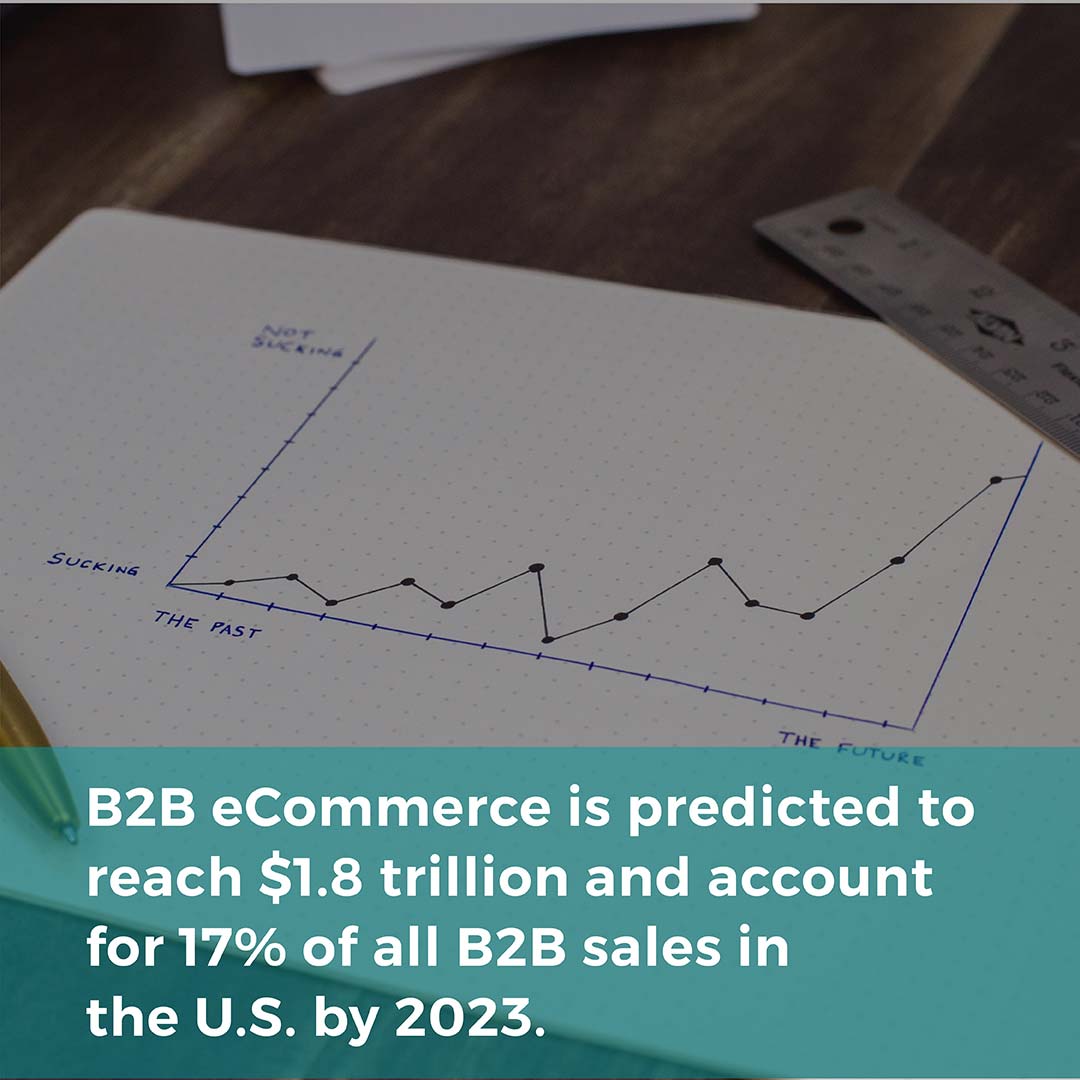
What is B2C eCommerce
B2C stands for “business to consumer” ie. in B2C eCommerce, products are sold to individual customers directly. Globally the B2C eCommerce market is anticipated to touch 6.2 trillion USD by 2027. The increasing disposable incomes, penetration of the internet and smartphones, and the ever-increasing online customer base are driving this growth.
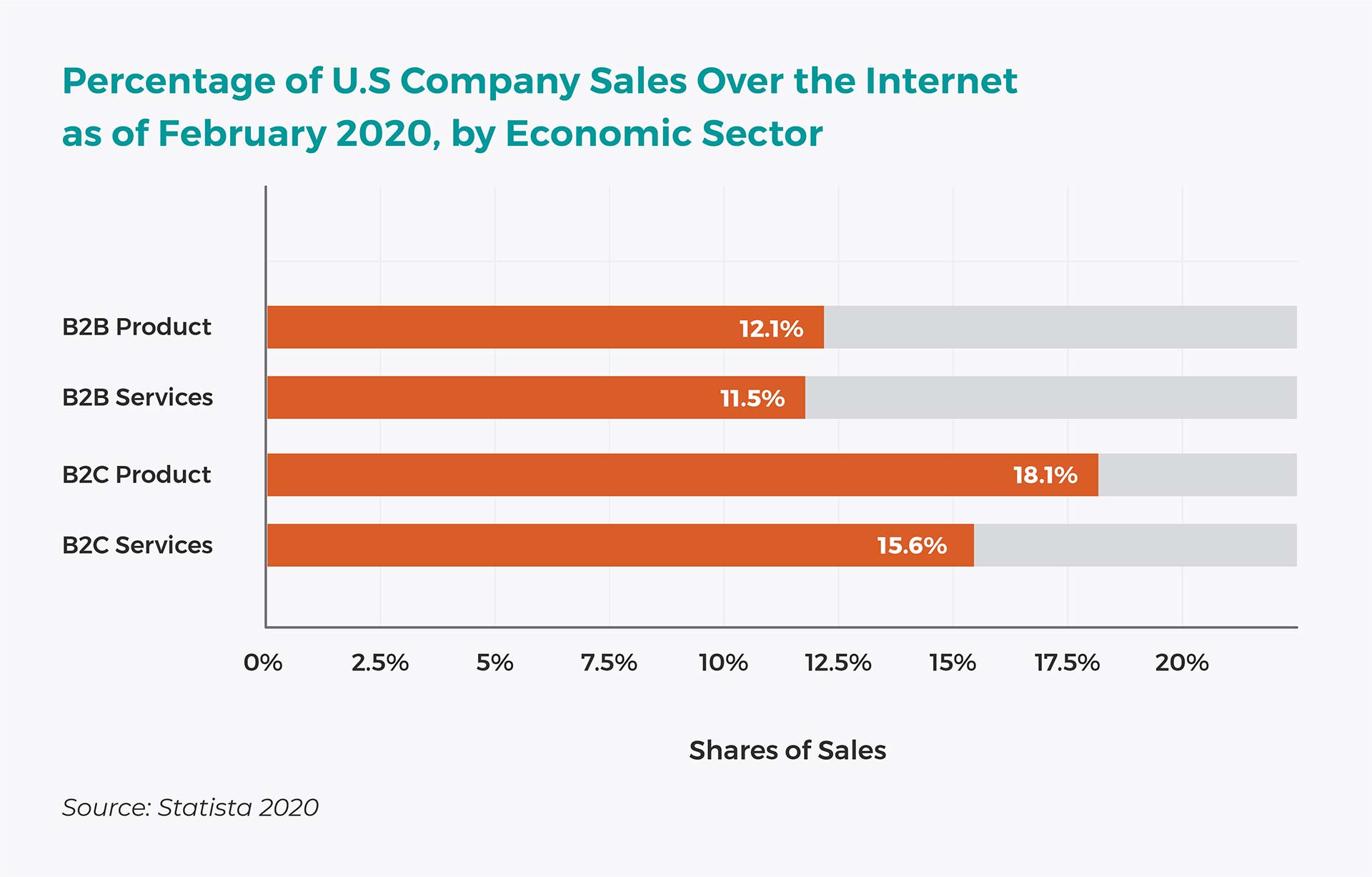
Key differences between B2B and B2 eCommerce
Buying Decision: In B2C eCommerce, the decision-maker is an individual. While in B2B eCommerce, there are multiple people involved in the decision-making process. The book ‘Challenger Customer’ says that on an average there are 6.8 decision-makers involved in the B2B buying process.
Life time value of customers: In B2C, most of the purchases are impulse, they are one-off transactions, and hence the relationship is short-lived. With so many options available, customers are always on the search for the next big deal. In B2B, businesses are keen on building long-term relationships. Repeat purchases are common and businesses strive to provide personalized services to promote long term relationships.
Pricing – Fixes Vs Customized: It is one fixed price for all customers in the B2Cmodel. Also, in B2C, you will find the transaction value is a lot smaller while the transaction volumes are large. Compared to B2C, the volume of transactions in B2B is lower, but the value of each transaction is high. Studies show that the average order for a B2C is $147 whereas, for B2B, it is $491.
The purchase process is also very complex in B2B. Initial quotes are shared, negotiations happen, and prices are customized for each customer based on the quantities ordered, relationship history, location, etc.
Order quantities: In B2B, very often there are Minimum Order Quantities. The option of buying just one number of an item may not be possible on B2B sites. While it is just the opposite in B2C. Here, merchants often set a maximum order quantity barrier for items depending on the popularity of the product and inventories available.
Customer base – In B2C, businesses usually have a large customer base. While in B2B, the target market is mostly niche, and hence they have a smaller pool of customers. The customers are identifiable, and businesses can plan defined marketing activities to target them more effectively.
Similarities
While there are significant differences between these two eCommerce models, they are not entirely different. The line between them is slowly blurring. There are B2B companies who are looking to sell directly to customers to expand their customer base. There are also instances where B2C companies are branching into B2B channels. Many B2C players are putting up their products on wholesale marketplaces that operate almost on the B2B model.
Also, the customers for both B2B and B2C sites are more or less the same. The sites they visit, the way they search the internet, the channels they visit for product information are all similar. In other words, there is a huge overlap in the way the players in both segments should market their sites and where they need to be present to be visible.
Few examples of successful B2B and B2C eCommerce sites
Grainger is one of the largest B2B industrial suppliers, and Quill is a site created by Staples to sell office supplies to B2B customers. HVACPartsShop.com is one of the best sources on the internet for HVAC repair parts and has been featured by BigCommerce as one of the most Innovative Ecommerce Brands of 2020.
Bliss World and Brussels Bonsai have been powered by Arizon Digital.
About Arizon Digital
Arizon Digital is a technology leader in retail and eCommerce solutions. We offer innovative services and solutions for B2B and B2C eCommerce businesses. We enable them to run their store better and achieve success and growth. Our solutions power the sites with the latest designs and functionalities that will enhance the customer experience. Arizon Digital operates out of Sugar Land, Texas. To know more about Arizon Digital, visit: https://arizon.digital/
For more information Contact: +1 (281) 241-9393 or write to [email protected]
